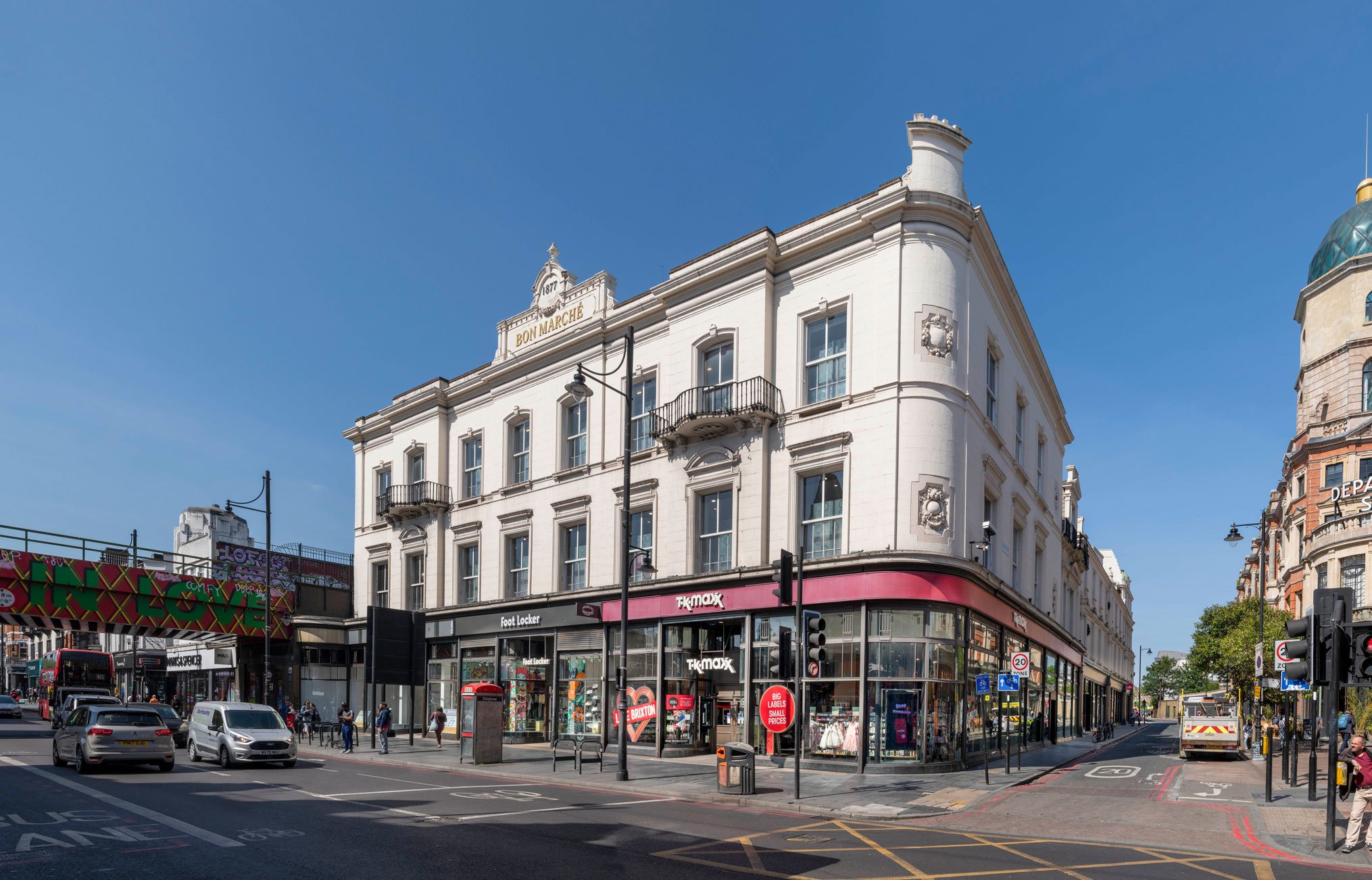New Research Project on Department Stores
Historic England has recently started a research project on the history and architecture of department stores in England. These buildings are under increasing threat from closure, alteration and demolition, along with lack of use and decreased maintenance.
About the project
The project aims to provide a detailed understanding of the history, use and architecture of purpose-built department stores in England to inform their protection, conservation, adaptation and reuse. We hope it will lead to a greater appreciation of the history and significance of this building type, which is so prominent in England’s high streets.
Department stores developed in the second half of the 19th century, as a new type of store which offered many different types of goods and services under one roof. They promised luxury and were rare spaces in Victorian towns and cities where women could go unchaperoned.
A strong focus on novelty prompted technical and architectural innovations, such as England’s first escalator which was installed in Harrods in 1898.
The inter-war period was the heyday of the building type, despite a challenging economic climate and competition from co-operative and chain stores. Many department stores erected new buildings to project a modern image and attract new customers.
In the period following the end of the Second World War in 1945, department stores had to respond to further market pressures and socio-cultural shifts, while appealing to a broader customer base. From the 1970s, out-of-town shopping centres and city centre malls were another potential competitor but also an opportunity, as department stores became popular anchor tenants.
The last 30 years or so have seen increasing consolidation and a reduction in market share, which was accelerated by the strong shift to online shopping during the COVID-19 lockdowns. Now department stores are among the most threatened buildings in the country – for instance, all branches of Debenhams closed in 2020.
How you can help
We are looking for information on purpose-built department stores in England, from the Victorian period to the present day. They do not need to be still in use but may be closed, repurposed or even demolished. Our focus is on the architecture, layout, decoration, function and status of such buildings, and we are working on developing a nationwide gazetteer of examples.
Your suggestions will help us to ensure our knowledge of department stores across England is as complete and up-to-date as possible. We are also interested in memories that people might have about department stores – for instance, how they were laid out and what it was like to shop there.
Please note that the focus of this project is purpose-built department stores, not buildings designed and built for a different use and later converted. Also, we are excluding co-operative department stores and chain stores such as those built by the firms Marks & Spencer, Burtons, British Home Stores, C&A, Littlewoods and Woolworths.
Chain and co-operative stores had a different evolution and business model to department stores, which led to a different architectural expression for their buildings. While there were groups of department stores, like Debenhams and John Lewis, their stores functioned for a long time as relatively independent entities and were designed as standalone buildings. By contrast, chain stores were generally designed as more standardised branches, using a house style and brand identity developed by in-house architects.
Instead, we will be looking in detail at the department stores built by firms such as Debenhams, House of Fraser, John Lewis, Allders, Lewis’s, Owen Owen, Boyes and others.
Please email [email protected] with any information relating to department stores in England.





